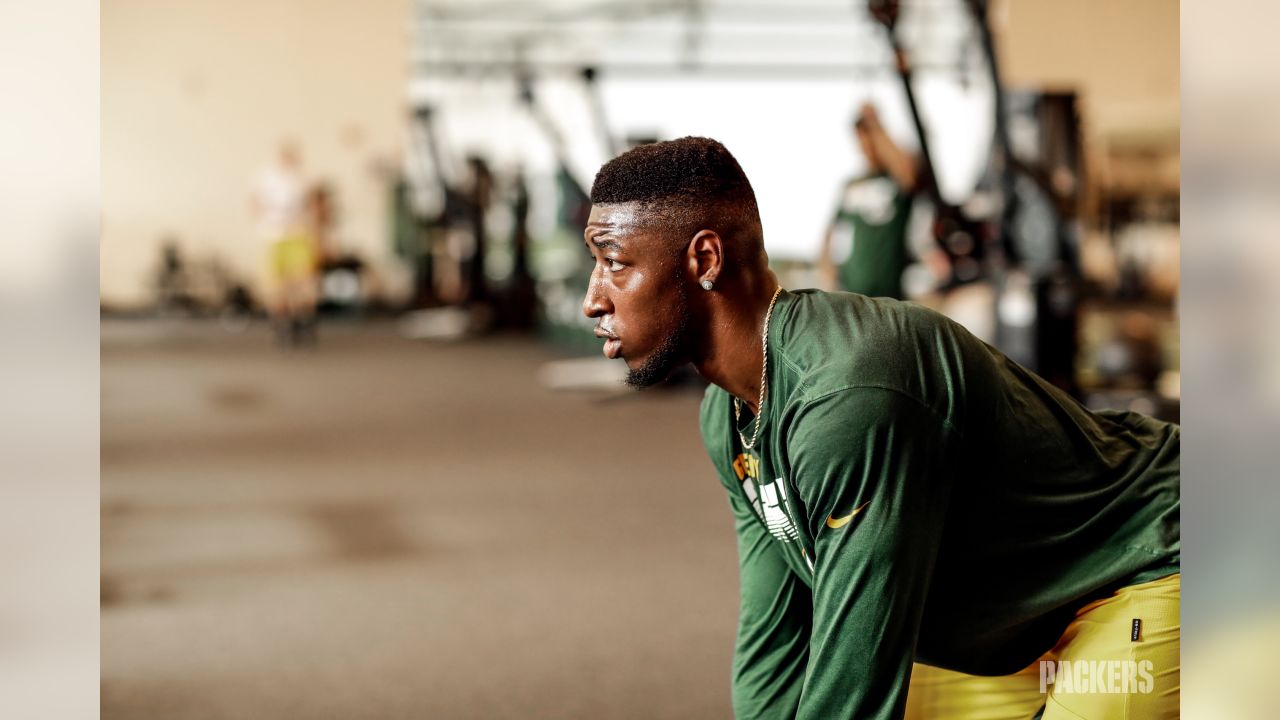
There’s so much to admire about the Green Bay Packers. For starters, They’re the only non-profit, community-owned major league professional sports team in the US (and have been since 1923). But that’s not the most impressive thing about them. The packers are the proud record holders for the most wins in NFL history, and also have the most league championships on record, with 13.
Now, what makes the Packers stand out from the rest of the proverbial pack? Well, a huge part of their success is all credit to how they train for game day strength. Curious how? Read this blog for insider tips.
Customized Strength Programs
Think about this for a second: you’re a lineman, and your job is to hold the line against a 300-pound opponent. That takes a unique kind of strength. Now, think about a wide receiver sprinting full speed, leaping for the ball. They need explosive power and agility. This is why the Packers’ strength training isn’t a one-size-fits-all plan.
Each player gets a program tailored to their role on the team. A quarterback might focus on arm strength and rotational power for better throws. A running back might spend more time building lower-body strength for those game-winning sprints.
Take an example: Chris Brooks, one of the Packers’ star running backs, likely includes plyometric exercises like box jumps in his training. Why? To mimic the explosive power needed to break through defensive lines.
If you’re thinking about applying this to your own workouts, start by identifying your goals. Want to sprint faster? Focus on explosive exercises like sled pushes. Need full-body strength? Try compound lifts like squats and deadlifts.
Core Strength and Stability Training
The Packers’ training programs emphasize exercises that build functional strength. These include planks, medicine ball slams, and anti-rotation movements like Pallof presses. Weightlifting also plays a huge role. Heavy compound lifts like deadlifts and overhead presses engage the core in ways that mirror the physical demands of a football game.
Take Jaire Alexander, the Packers’ cornerback. His ability to pivot, leap, and react quickly during plays likely comes from both stability exercises and strength training. He might perform single-leg Romanian deadlifts or weighted farmer’s carries to improve core control and balance under load.
For your own workouts, think about combining functional exercises with weightlifting. A good place to start is to consider getting yourself the best bumper plates for home gyms or any other weights you prefer. The right plates can guarantee safety, durability, and versatility. This can help you achieve your strength goals efficiently and effectively.
Add bird dogs or dead bugs for stability, and mix in compound lifts like squats or kettlebell swings to challenge your core dynamically. These will not only strengthen your core but also improve your performance in real-world activities.
Functional Fitness and Movement Drills
A linebacker needs to chase down a running back who’s weaving through defenders. The ability to change direction explosively is key here. The Packers focus on drills that replicate these movements. For example, they might set up cone drills to train lateral quickness or practice sprints with resistance bands to build explosive speed.
Players also work on compound movements that train multiple muscle groups at once. Think of exercises like kettlebell swings, sled pushes, or battle ropes. These simulate the demands of a high-intensity game while improving overall endurance and power.
Want to try something similar? Start small. Practice shuttle runs or ladder drills to improve your agility. Incorporate functional movements like burpees or farmer’s carries into your workouts. They’re great for building strength that translates to everyday tasks.
Nutritional Strategies and Mental Conditioning
The Packers know that training hard isn’t enough—you need to fuel both the body and mind for peak performance. Nutrition plays a critical role in building muscle, speeding recovery, and maintaining energy levels.
Before games or practice, players focus on carbs for quick energy, choosing foods like oatmeal, sweet potatoes, or rice paired with lean proteins. After workouts, they switch to high-protein meals, like grilled chicken and quinoa, to repair muscles and replenish glycogen stores. Hydration is equally important. The team prioritizes water and electrolyte drinks to replace what’s lost in sweat.
Equally vital is mental conditioning. Football is as much a mental game as it is physical. Packers players train their minds with mindfulness, meditation, and visualization exercises. They rehearse game scenarios mentally, building focus and resilience for high-pressure situations.
Take a page from the Packers’ playbook: fuel your body with balanced meals, stay hydrated, and train your mind. With the right nutrition, hydration, and mental focus, you’ll be physically and mentally ready for anything that comes your way.
